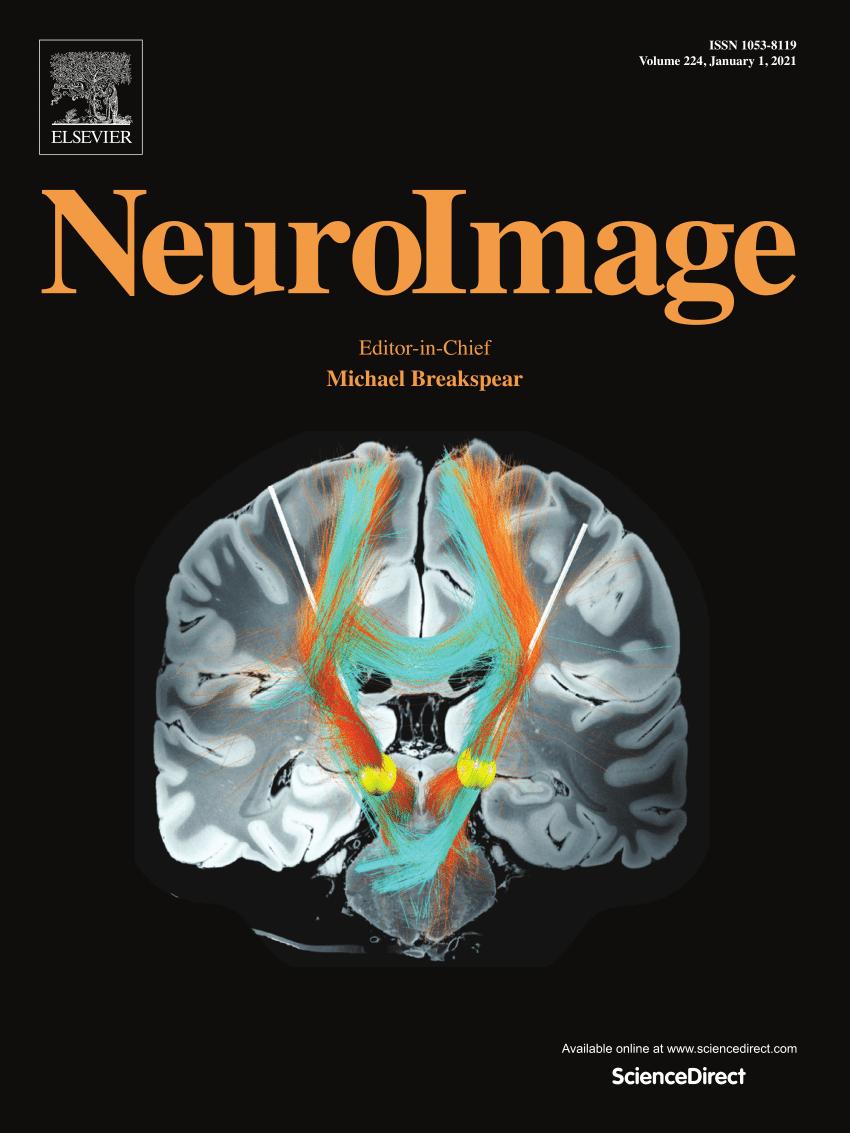Towards quantitative intensity analysis of conventional T1-weighted images in multiple sclerosis
IF 4.5
2区 医学
Q1 NEUROIMAGING
引用次数: 0
Abstract
Conventional T1-weighted (T1w) magnetic resonance imaging (MRI) is commonly used in multiple sclerosis (MS) morphometry and volumetry research. However, arbitrary intensity scales preclude interpretation of signal values across patients, sites, and time. This requires quantitative MRI techniques, which are not always available.
This study assessed T1w image intensity scaling methods, relying on extracerebral reference regions, for quantitative analysis of brain MRI in MS.
In total, 701 people with a diagnosis of radiologically isolated syndrome, clinically isolated syndrome, or MS were included. Four intensity scaling strategies were applied: 1) MRI signal modeling, 2) linear scaling with reference regions, 3) z-score standardization, and 4) none (only bias field correction). Methods were evaluated using variance analysis, R1 map comparison, and normal-appearing white matter (NAWM) intensity group comparison, using mean and coefficient of variation (CoV), between low (≤3) and high (>3) expanded disability status scale (EDSS) scores. Statistical analysis was conducted using Pearson’s r, two-sided Welch two-sample t-test, ANCOVA, and Cohen’s d.
Linear scaling with temporal fatty tissue achieved the most consistent variance reduction and strong correlation with R1 maps (r = 0.84). R1 values in NAWM were significantly lower in people with high compared to low EDSS scores (d = -0.351). Similarly, group differences in mean NAWM intensity of fat-scaled images were significant (d = -0.252). The largest group differences were found in NAWM CoV in bias field-corrected T1w images (d = 0.818).
Linear scaling with fatty tissue most accurately reproduced the results obtained with R1 maps. Changes in MS NAWM appear to increase intensity variability detectable in conventional T1w images.
多发性硬化症常规t1加权图像定量强度分析。
传统的t1加权(T1w)磁共振成像(MRI)通常用于多发性硬化症(MS)的形态测量和体积测量研究。然而,任意的强度尺度排除了对患者、部位和时间的信号值的解释。这需要定量MRI技术,而这种技术并不总是可用的。本研究评估了依赖于脑外参考区域的T1w图像强度分级方法,用于MS的脑MRI定量分析。总共纳入了701例诊断为放射孤立综合征、临床孤立综合征或MS的患者。采用了四种强度缩放策略:1)MRI信号建模,2)参考区域线性缩放,3)z-score标准化,4)无(仅偏置场校正)。方法采用方差分析、R1图比较和正常白质(NAWM)强度组比较,采用低(≤3)和高(>.3)扩展残疾状态量表(EDSS)评分的平均值和变异系数(CoV)进行评价。采用Pearson’s r、双侧Welch双样本t检验、ANCOVA和Cohen’s d进行统计分析。颞叶脂肪组织的线性标度方差减小最一致,与R1图相关性强(r=0.84)。EDSS评分高的人NAWM的R1值明显低于EDSS评分低的人(d=-0.351)。同样,脂肪标度图像的平均NAWM强度组间差异具有统计学意义(d=-0.252)。偏置场校正后的T1w图像中,NAWM冠状病毒组间差异最大(d=0.818)。脂肪组织的线性缩放最准确地再现了R1图获得的结果。MS NAWM的改变似乎增加了常规T1w图像中可检测到的强度变异性。
本文章由计算机程序翻译,如有差异,请以英文原文为准。
求助全文
约1分钟内获得全文
求助全文
来源期刊

NeuroImage
医学-核医学
CiteScore
11.30
自引率
10.50%
发文量
809
审稿时长
63 days
期刊介绍:
NeuroImage, a Journal of Brain Function provides a vehicle for communicating important advances in acquiring, analyzing, and modelling neuroimaging data and in applying these techniques to the study of structure-function and brain-behavior relationships. Though the emphasis is on the macroscopic level of human brain organization, meso-and microscopic neuroimaging across all species will be considered if informative for understanding the aforementioned relationships.
 求助内容:
求助内容: 应助结果提醒方式:
应助结果提醒方式:


